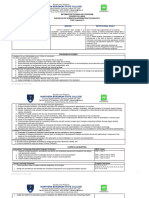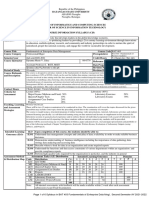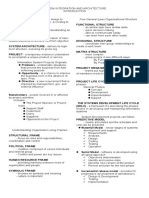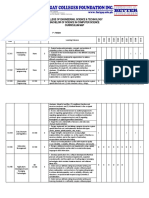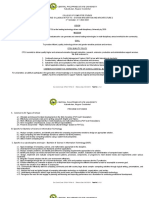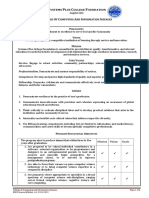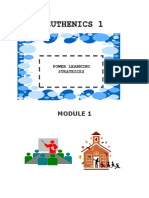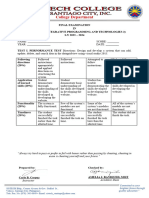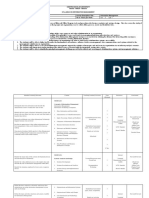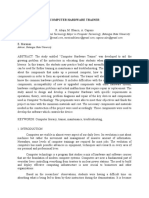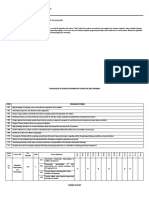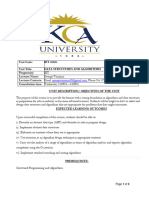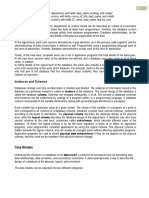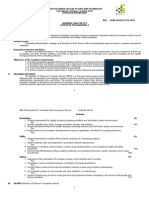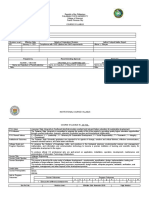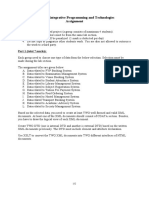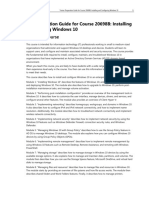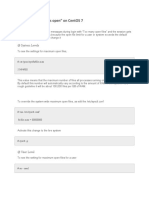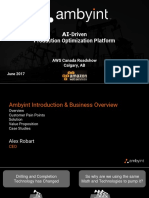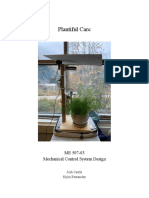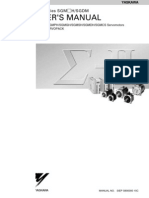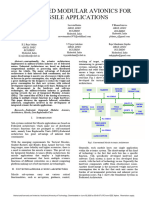0% found this document useful (0 votes)
351 views15 pagesCapstone Manual
The document discusses guidelines for capstone project groups and manuscripts. It states that capstone groups must have 3-4 members fulfilling roles like project manager, system analyst, or UX designer. Groups with less than 3 members may be disbanded or regrouped with consent. The manuscript format requires a standard page layout and specific sections like the problem description, methodology, and data presentation. Appendices provide templates for proposal statements, manuscript sections, and other project details.
Uploaded by
Denie FranzaCopyright
© © All Rights Reserved
We take content rights seriously. If you suspect this is your content, claim it here.
Available Formats
Download as DOCX, PDF, TXT or read online on Scribd
0% found this document useful (0 votes)
351 views15 pagesCapstone Manual
The document discusses guidelines for capstone project groups and manuscripts. It states that capstone groups must have 3-4 members fulfilling roles like project manager, system analyst, or UX designer. Groups with less than 3 members may be disbanded or regrouped with consent. The manuscript format requires a standard page layout and specific sections like the problem description, methodology, and data presentation. Appendices provide templates for proposal statements, manuscript sections, and other project details.
Uploaded by
Denie FranzaCopyright
© © All Rights Reserved
We take content rights seriously. If you suspect this is your content, claim it here.
Available Formats
Download as DOCX, PDF, TXT or read online on Scribd
/ 15


